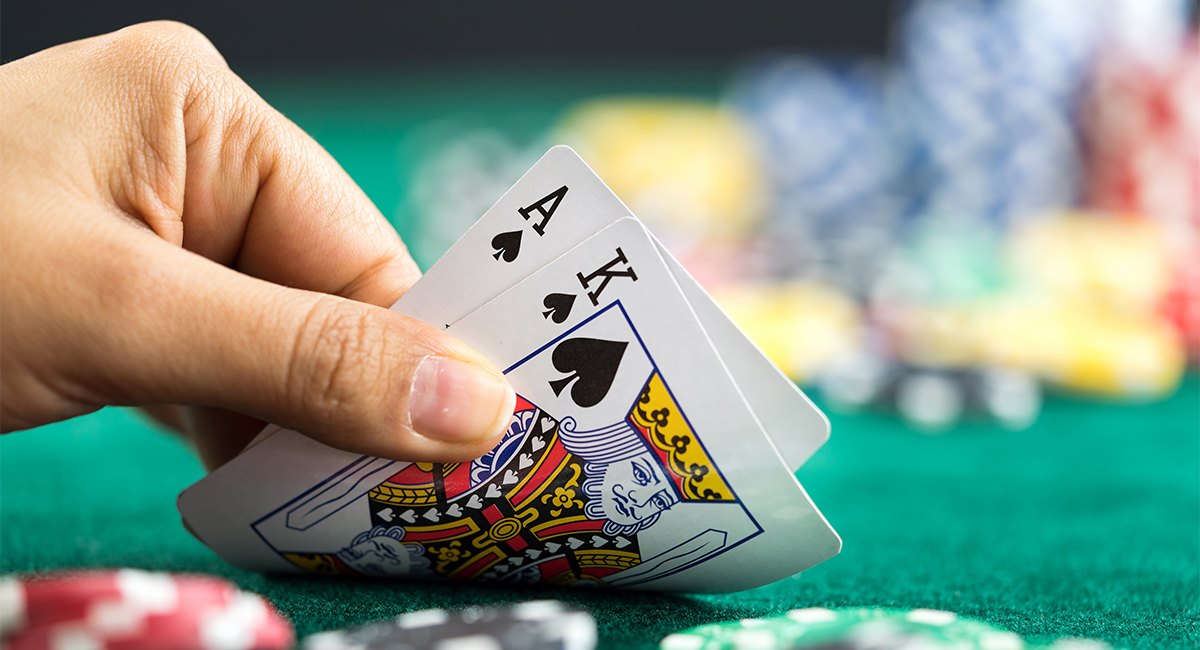
All of the face cards and 10’s get a value of 10. Aces can be 1 or 11, depending on the situation. Every other card is worth its face value. If you have a seven and a six, you have a total of 13. A blackjack occurs when you have an Ace and any 10 valued card. This combo is also known as a natural 21.
As you know, an ace can be either a 1 or 11. A hard hand is any hand without an ace, or where an ace counts as a 1. A soft hand is any hand with an ace that counts as an 11. For example, when you have an ace and a six, you have a “soft 17.
During the game, you have to make decisions about their hands before the dealer progresses. Usually, you’ll look at all your options in order. First, determine if you want to surrender. Then, check for an opportunity to split or double down. Finally, take extra cards by hitting before eventually deciding to stand.
Surrender
When a player believes they have little chance of winning, they can choose to surrender their cards. You will lose half of the initial bet.
Split
You can split if you receive two cards of the same rank. This divides the two cards into separate hands. To split, you must provide an additional bet.
Double Down
Your next choice may be to double down, which means you double your bet after the initial deal if you think you can win with the next card.Stand
When the player is satisfied with their cards and decides to pass on making other decisions. In this case, you don’t take any more cards.Hit
When you take another card from the shoe/deck to add to your hand. You can hit multiple times before deciding to stand.
Insurance
When the dealer has an Ace as their up card, you can take insurance. You can place a bet, and up your wager, in case the dealer has a blackjack.
Flat-Betting System
This is the most straightforward system because you bet the same amount on every hand. You don’t have to be too attentive to betting limits and bankroll. Plus, it limits losses.
Positive-Progression Wagering
This takes advantage of winning streaks. Every time you win a hand, you increase the size of your bet. Then when you lose, return to the original bet amount. Stick to that until you win again.
Negative-Progression Wagering
With this option, you have to increase the size of your bet after you have lost the previous hand. When you win, return to the bet amount you started with and bet that until you lose. We recommend this system for bigger bankrolls or smaller bets.
Oscar’s Blackjack Betting Method
The main idea is to be ahead after a series of bets. Start by betting one unit; if you win, continue betting one unit. If you lose, keep betting one unit until you win, then bet two units and increase the bet each time you win until you make a profit.
-
Place The Initial Bet
Each player places a bet on the table before the cards are dealt. This wager goes in a small circle in front of the chip stack called the betting area. Each table has a minimum and maximum bet size. -
The Dealer Deals The Cards
After all the bets are on the table, the dealers give each player two cards and deal two cards to themself. Player cards are both dealt face up while the dealer cards are dealt one face up and one face down. The face-down card is called the hole card. -
Players Make Their Decisions
At this point, each player decides what they want to do with their hand. This step is where you choose to stand, hit, split, double, surrender, or take insurance. -
The Dealer Plays Out Their Hand
Once all players are done making decisions, the dealer plays their hand. They have no options and must follow the table rules. If their hand is less than 17, they must hit. Some casinos have different dealer rules for soft vs. hard 17. -
Winners & Losers Are Decided
If the player beats the dealer, they get a 1 to 1 payout. If you win with a natural 21, the payout is 3 to 2. When a player busts, they lose. When a person doesn’t beat the dealer, they lose. If you and dealer have the same total, the hand is called a push or a tie. In the case of a push, no money is won or lost.